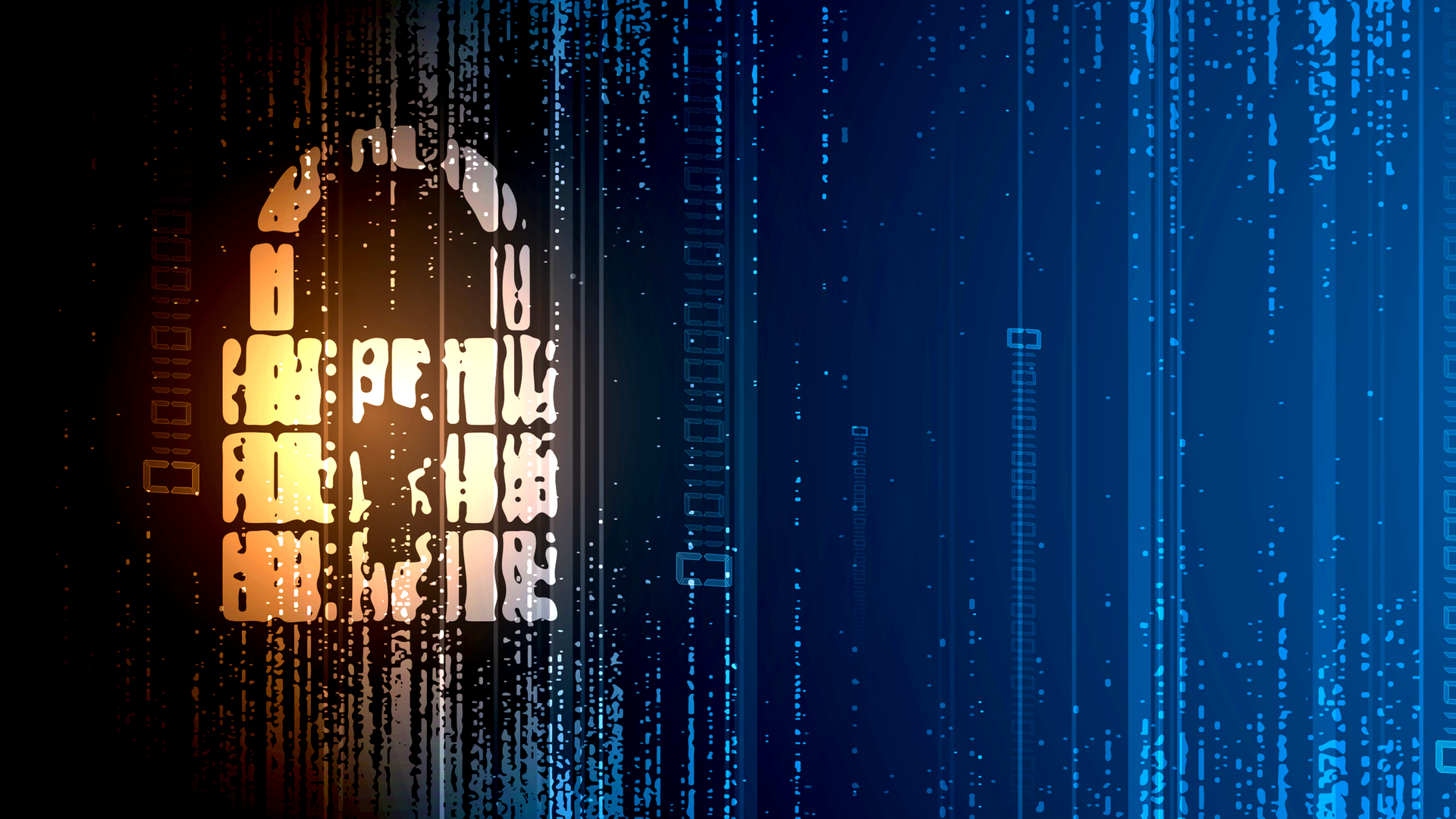Ryuk ransomware is now targeting web servers
Researchers discover that new functionality has been added to the malware to increase damage


Security researchers have discovered a new variant of the Ryuk ransomware that is targeting web servers.
According to a blog post by Marc Elias, a security researcher on the McAfee Advanced Threat Research team, Ryuk ransomware has shifted its attention to web servers since it no longer encrypts the index file but replaces it with the ransom note instead.
Elias said that the Ryuk infection chain usually starts with a spear phishing email that includes a malicious URL or Office document to gain initial entry into victim environments.In certain cases, compromised RDP computers provide the initial access.
In the first scenario, either Trickbot or BazarLoader will be executed and used as a loader malware, offering other actors the opportunity to purchase hacked machines.
Once access to the victim’s machines is acquired by the ransomware actors, a Cobalt Strike beacon is often downloaded in order to obtain users’ credentials and move laterally on the network to take over the domain controllers. Finally, the Ryuk binary is distributed to every machine from the domain controllers.
Elias said that Ryuk copies itself three times in the current directory with different names and launches these new executables with distinct command lines to execute different functionality in each execution.To notify the user about the encryption, Ryuk drops an HTML ransom note in every folder that it encrypts.
RELATED RESOURCE

Owning your own access security
The key to building strong cloud security and avoiding the risk of vendor lock-in
“This note is remarkably similar to the note used in other Ryuk variants, with the only difference being the use of a contact button with some instructions to install the Tor Browser,” said Elias.
Get the ITPro daily newsletter
Sign up today and you will receive a free copy of our Future Focus 2025 report - the leading guidance on AI, cybersecurity and other IT challenges as per 700+ senior executives
After file encryption, the ransomware will print 50 copies of the ransom note on the default printer.
Elias said that organizations should be on the lookout for traces and behaviors that correlate to open source pen test tools such as winPEAS, Lazagne, Bloodhound and Sharp Hound, or hacking frameworks like Cobalt Strike, Metasploit, Empire or Covenant, as well as abnormal behavior of non-malicious tools that have a dual use.
“These seemingly legitimate tools (e.g., ADfind, PSExec, PowerShell, etc.) can be used for things like enumeration and execution. Subsequently, be on the lookout for abnormal usage of Windows Management Instrumentation WMIC (T1047),” he said.
Elias added that in the first half of the year, several Ryuk actors have been known to be actively launching new campaigns and targeting organizations all over the world.
“This is the reason we believe the criminals behind Ryuk will continue to develop new features and invent new methods to maximize their profits,” he added.
Rene Millman is a freelance writer and broadcaster who covers cybersecurity, AI, IoT, and the cloud. He also works as a contributing analyst at GigaOm and has previously worked as an analyst for Gartner covering the infrastructure market. He has made numerous television appearances to give his views and expertise on technology trends and companies that affect and shape our lives. You can follow Rene Millman on Twitter.
-
 Cleo attack victim list grows as Hertz confirms customer data stolen – and security experts say it won't be the last
Cleo attack victim list grows as Hertz confirms customer data stolen – and security experts say it won't be the lastNews Hertz has confirmed it suffered a data breach as a result of the Cleo zero-day vulnerability in late 2024, with the car rental giant warning that customer data was stolen.
By Ross Kelly
-
 ‘Phishing kits are a force multiplier': Cheap cyber crime kits can be bought on the dark web for less than $25 – and experts warn it’s lowering the barrier of entry for amateur hackers
‘Phishing kits are a force multiplier': Cheap cyber crime kits can be bought on the dark web for less than $25 – and experts warn it’s lowering the barrier of entry for amateur hackersNews Research from NordVPN shows phishing kits are now widely available on the dark web and via messaging apps like Telegram, and are often selling for less than $25.
By Emma Woollacott
-
 Healthcare systems are rife with exploits — and ransomware gangs have noticed
Healthcare systems are rife with exploits — and ransomware gangs have noticedNews Nearly nine-in-ten healthcare organizations have medical devices that are vulnerable to exploits, and ransomware groups are taking notice.
By Nicole Kobie
-
 Alleged LockBit developer extradited to the US
Alleged LockBit developer extradited to the USNews A Russian-Israeli man has been extradited to the US amid accusations of being a key LockBit ransomware developer.
By Emma Woollacott
-
 February was the worst month on record for ransomware attacks – and one threat group had a field day
February was the worst month on record for ransomware attacks – and one threat group had a field dayNews February 2025 was the worst month on record for the number of ransomware attacks, according to new research from Bitdefender.
By Emma Woollacott
-
 CISA issues warning over Medusa ransomware after 300 victims from critical sectors impacted
CISA issues warning over Medusa ransomware after 300 victims from critical sectors impactedNews The Medusa ransomware as a Service operation compromised twice as many organizations at the start of 2025 compared to 2024
By Solomon Klappholz
-
 Warning issued over prolific 'Ghost' ransomware group
Warning issued over prolific 'Ghost' ransomware groupNews The Ghost ransomware group is known to act fast and exploit vulnerabilities in public-facing appliances
By Solomon Klappholz
-
 The Zservers takedown is another big win for law enforcement
The Zservers takedown is another big win for law enforcementNews LockBit has been dealt another blow by law enforcement after Dutch police took 127 of its servers offline
By Solomon Klappholz

